|
As appearing on Clean Currents Coalition On the southern coast of Jamaica we (The Ocean Cleanup) are working to trap urban plastic debris and waste before it can enter the Atlantic Ocean, starting with containment points along the Kingston Harbour coastline, and eventually within Hunt’s Bay. Refuse within the concrete gullies and natural waterways has been building up. In recent years, damage to infrastructure has occurred. Long an eyesore affecting the health and welfare of communities, both the inland pile-up and flow of debris into regional bodies of water are hitting new tipping points. Repercussions are altering the environment, affecting local water conditions, extending into precious mangrove forests and reducing economic value that some populations derive when a healthy coastline is lost — notably fishermen. Debris has been building for years, contributing to today’s severely clogged waterways. In recent years, the situation has caused damage to infrastructure. Insight Through Understanding To better understand conditions in the region, we used direct analysis and observation plus community knowledge collected by partners GraceKennedy Foundation and Clean Harbours Jamaica. GraceKennedy Foundation is one of the Caribbean’s largest community service groups. The Foundation is leading ongoing education and outreach, with one of its goals being to protect the mangroves. The Clean Harbours Jamaica organization oversees restoration of natural harbors, gullies and streams on the island. Both organizations have been able to share with us valuable insight into conditions that transpire during both the rainy and dry seasons. The GraceKennedy team will also oversee volunteer efforts for manual cleanup of the gullies. Whereas our cleanup plans initially anticipated deployment of an Original Interceptor™ in one gully, we have since adjusted course. Based on findings, we concluded that individually customized solutions better address conditions at each of the 11 cleanup venues. We plan to deploy our newly developed Interceptor™ Barrier, paired with one or more Interceptor™ Tenders. By strategically placing barriers, either at the mouth of or within a gully or conduit, our goal is to contain floating debris and prevent it from reaching the ocean. To test and optimize effectiveness, we will roll-out operations in two phases. Phase 1: Interceptor Barriers at Rae Town, Barnes, Kingston Pen Gullies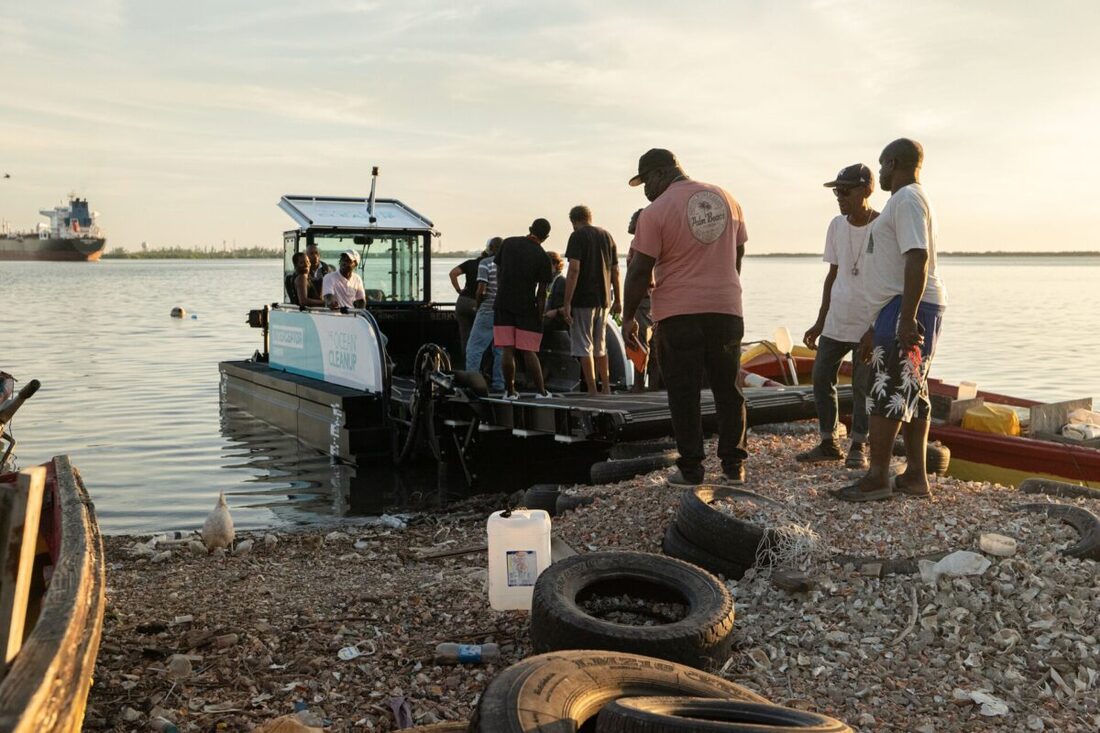 Community acceptance of operations at the Rae Town venue has been positive. This smaller village, with its significant population of fishermen, has embraced the effort and is enthusiastically supporting and sharing advice about local conditions. Gaining acceptance from a surrounding community greatly contributes to the potential for success. During Phase 1, a test period anticipated to last a minimum of six months, Interceptor Barriers will be placed at the mouths of gullies Rae Town, Barnes and Kingston Pen. We anticipate trapping and removing everything from plastic bottles, Styrofoam containers and bagged waste, to objects as large as household appliances. All operations will be monitored and measured. Our system is most effective during wet months when rainwater pushes debris down the gullies, but Interceptor Barriers will remain in place throughout the year. We will also pilot our newly developed Interceptor Tender, a modified version of German firm Berky’s Aquatic Weed Harvester. The Interceptor Tender can remove and transport up to 5.5 m3 of debris and will initially service the first three sites. Extractions will be coordinated according to a master schedule, with offload of each haul completed at a newly built debris collection platform. From the offload site, local waste collection agency Recycling Partners of Jamaica will gather and take debris to a managed landfill. We are training local operators Clean Harbours Jamaica to handle the cleanup efforts. This group will eventually assume responsibility for operation of all Interceptor venues in Jamaica.
0 Comments
Appearing in Latitude 38, November 2021
After a one-year hiatus, Nationals one design action returns to the Express 37 fleet. Held October 1 to 3, and hosted by the Berkeley Yacht Club, the competition attracted seven crews for three days of buoy racing, plus a long course Saturday afternoon. Eclipse (PacCup), Elan (SSS), Limitless (PacCup), Mudshark (PresYC), pHatJack (SBYC), Spindrift V (RYC) and Stewball (BYC) traversed the course in sunny day, light wind and generally smooth water. Extending his winning streak post-Rolex Big Boat Series is Shawn Ivie on Limitless. Nearly perfect at 1-1-1-2-1-1, Ivie says that Andy Schwenk (Spindrift V) and Jack Peurach (Elan) kept him focused throughout the competition. “They remind you not to make a mistake, or you’ll easily trade positions at the finish line.” Ivie’s crew is a mix of sailors and friends with whom he has sailed with, and against, on various boats and events over the years. The San Francisco Bay team is accented by local talent Angie Liebert, Will Paxton as tactician, and others. This is Ivie’s fifth Nationals, and fourth to race Limitless. His first year at the event was 2015, crewing aboard both Mudshark and Bullet. “The competition is, and has always been, some the best one design racing I’ve experienced. The fleet is evolving with new owners up north, like Andy Schwenk, and in other regions there is Liz Hopkins on Pazuzu, plus more.” Taking a second overall was Schwenk, with 3-2-4-1-2-3. Things livened up for race 4 Saturday with boats ignoring the 1980s disco rule: “No parking on the dance floor.” A cluster east of the start had some turning to sidewise tactics in light wind. Bucking that tide was Schwenk, swinging wide his boat dance partners to skirt the mash up. Could be that his contrarian moves put him in the right frame of mind, carrying that winning way to a first over the line. Also doing the dance hustle was Jack Peurach of Elan, capped by a shirtless foredeck, Hicham Mejjaty. Veteran of Express 37 racing since 2011, Peurach offered, “Our crew work got better and better as the regatta went on. Going into the final two races, only 5-points separated third place from seventh place. I think our precision spinnaker sets and takedowns made the difference for us on Sunday, as we were able to get ourselves into third spot.” Team Elan rallied to a 6-8-2-3-3-2. Notably absent from the waltz weekend was longtime racer Kame Richards of Golden Moon. His boat up for sale at present, Richards instead attracted racer attention at the Saturday dinner table--recounting an elegant history of e37 Nationals over the years. Those in the room are now privy to the fleet’s alternate prize, initiated in YEAR. Crafted of cardboard and featuring duct tape accordion-fold reveal name plates, each year’s winning skipper has been memorialized here in felt-tip marker or BIC pen. To crown things, the award is accented by the people’s timepiece--a busted Timex watch. Schwenk gives props to the host site, “Berkeley Yacht Club volunteers and staff put on a first class regatta. Great courses, square lines, and getting the races off on schedule. Delicious Paella, continental breakfast, free moorage, plenty of parking--we’re coming back for their midwinter sailing.” Adds Peurach, “The fleet attracts some really strong sailors, so competition is fierce but has a great community. The Nationals at BYC is a highlight of the season, and for the last few years we've been fortunate to have boats travel all the way from So. Cal. for this regatta.” The Express 37 was designed by Carl Schumacher. He commissioned builder Terry Alsberg, who was already producing the popular Express 27. From 1984 to 1988, The Alsberg Brothers Boatworks in Santa Cruz, California, pumped out a total 65 vessels. No longer in production, the Express 37 model finished first, second and third while debuting during the 1985 Transpacific Yacht Race.
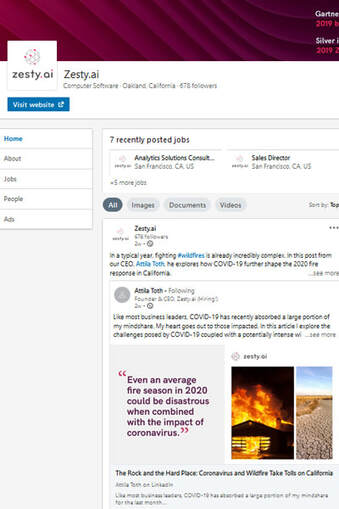 Ghostwritten piece for Zesty.ai founder & CEO, Attila Toth; appearing on Zesty.ai LinkedIn page Like most business leaders, COVID-19 has absorbed a large portion of my mindshare for the last month. Our company has a deep focus on foreseeing climate risk. We can’t help but think ahead to how our customers and communities may be affected by the virus for the months to come. The inherent danger that a potentially intense wildfire season poses is further increased by a lack of preparedness. In case of a devastating fire event need for continued social distancing would make the implementation of a potential evacuation order extremely challenging. Also, smoke not only poses a nuisance to people that are sheltered in place, but a serious threat to coronavirus patients with compromised respiratory systems. With the tremendous and ever-growing financial cost going to fight the spread of coronavirus, let alone the breadth and risk of lives to first responders, how will California face a second major disaster—a difficult fire season? Despite late-winter rain, 75% of California is still considered either abnormally dry or in a moderate drought. Even an average fire season in 2020 could be disastrous when combined with the impact of coronavirus. California’s governor has already warned state agencies to expect less funding as the ailing economy will result in far less tax collected than initially expected. The economic impact of coronavirus has not yet been measured, but it will be enormous. What we do know is that as of early March, the Legislative Analyst's Office warned that collection of capital gains tax alone in California will be several billion dollars lower than expected. The question on the minds of people near historic burn zones is: will a beleaguered California still have cash and manpower left to fight a second enemy—the upcoming wildfire season? The stress, not to mention levels of danger, being experienced by the state’s finite number of trained first responder doctors and nurses is as profound as the cost. Ben Christopher's recent article for Calmatters succinctly takes up this point, stating that major fire events will: “test the resilience of California’s decade-long boom and the adequacy of its $18 billion cash reserve.” The cost of wildfire cannot be understated. 2018 estimates saw total damage and economic loss at $400 billion and $85 billion in 2017 (includes both insured and uninsured losses and the impact on the economy). If an active fire season erupts, California and its first responders will yet again face tremendous risks while holding the line. Coronavirus remains a massive wildcard. With the wildfire season coming, vast numbers of California fire first responders are not even able to train due to mandated shelter-in-place orders. The U.S. Forest Service has cancelled in-person fire training, planning and risk assessment meetings, and much of its preventative burn program. The burn program is on hold to avoid worsening respiratory symptoms. The agency had planned to increase burn programs in 2020 in response to the increased damage caused by recent fires. California is an incredibly resilient place. It constantly picks itself back up, usually with the help of both disaster aid and insurance, after natural disasters like wildfires, earthquakes, landslides. The state also has an uncanny ability to rapidly redefine itself with the aid of technology. Yet, it is going to be hard. Large scale fires have become a new normal for the region. It’s not a matter of if, it’s a matter of when and how bad the season will be. As with most San Francisco Bay Area firms, Zesty.ai is doing its part by keeping its workforce at home. While we thrive on the camaraderie that comes from working side by side, we fully acknowledge sacrifices are essential today in order to protect our tomorrow. We continue to develop tools that will provide insurers with the insights they need to better prepare for decisions about the upcoming fire season. We’re turning what could have been isolation into concentration, and making sure that we do everything we can to make sure our customers are ready for what the rest of this year may bring. |
Blog Categories
All
|
||||||||||||
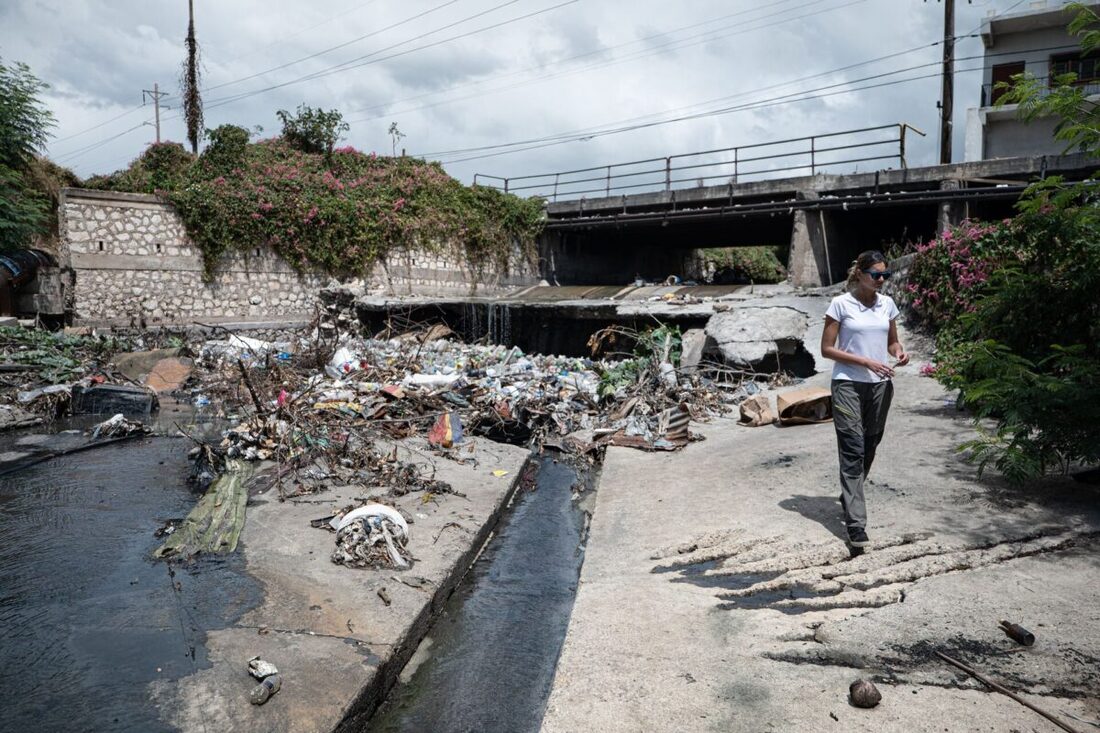
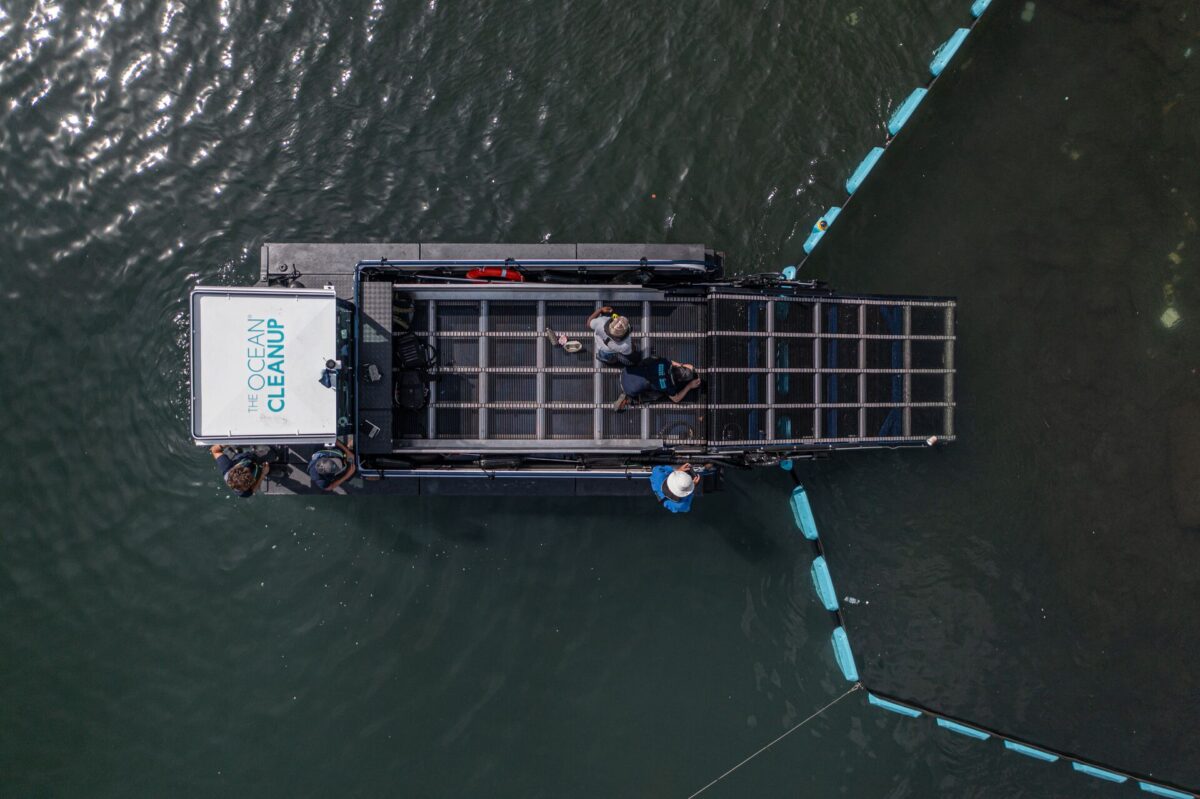
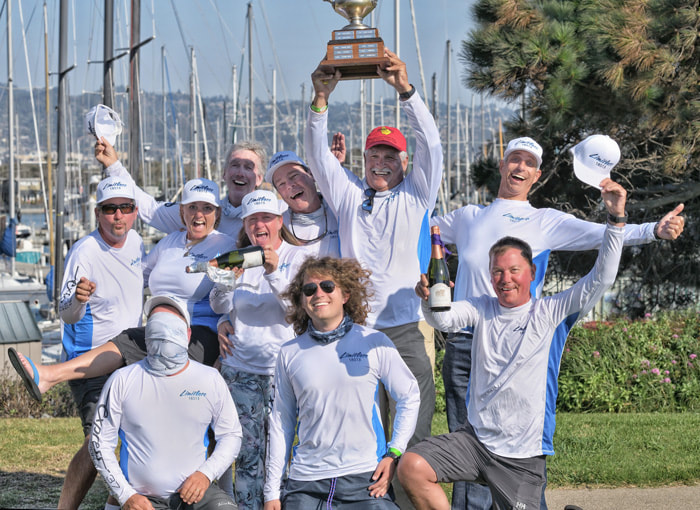
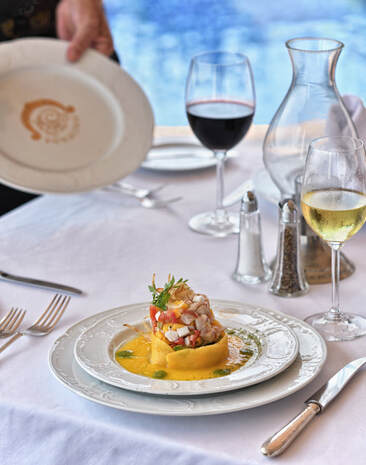
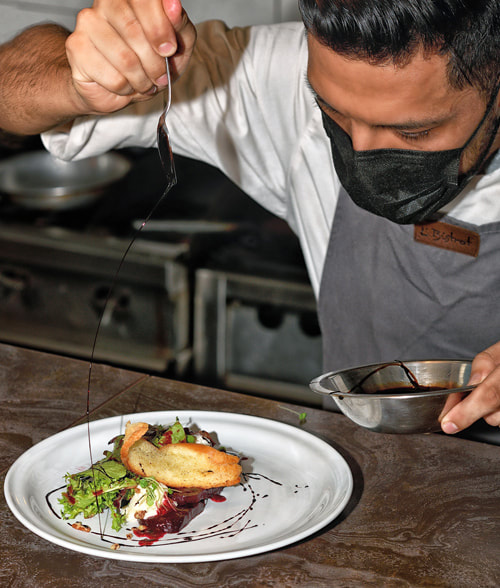
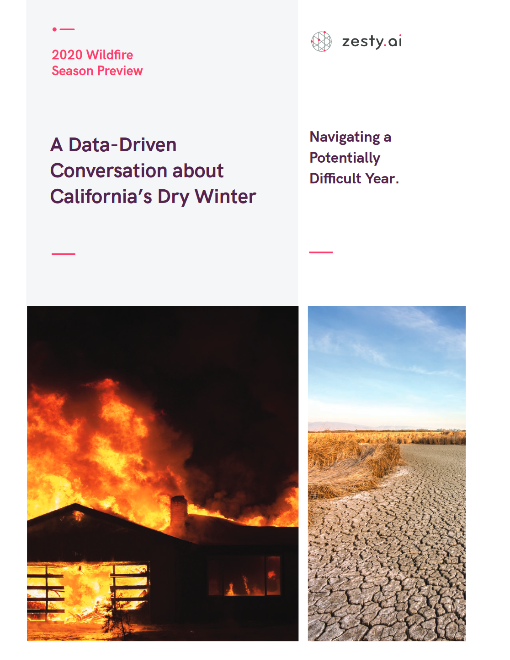
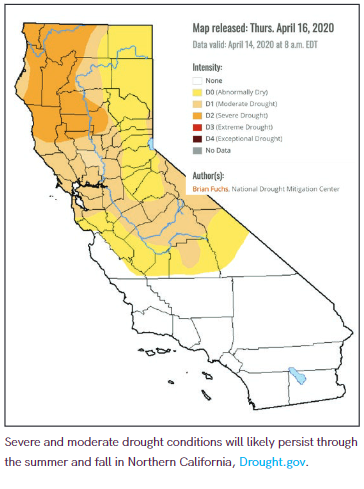
 RSS Feed
RSS Feed

